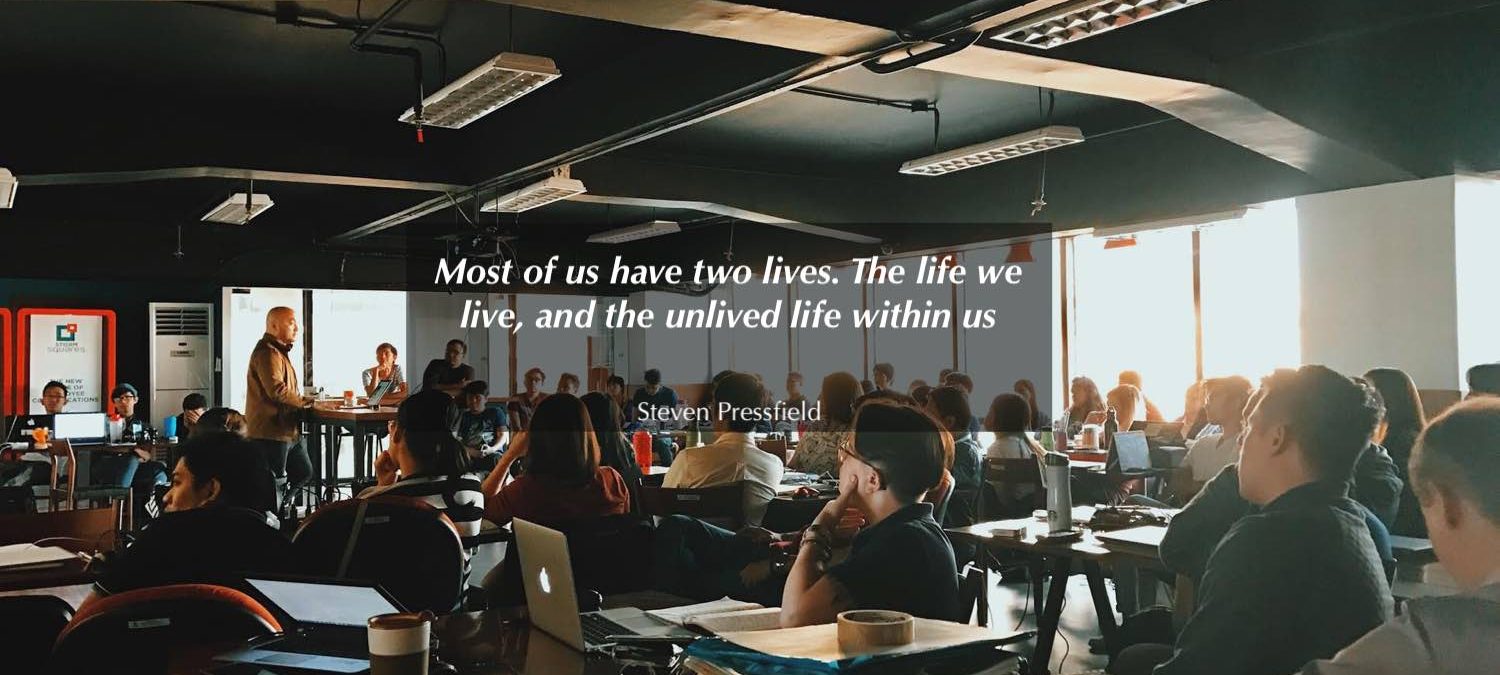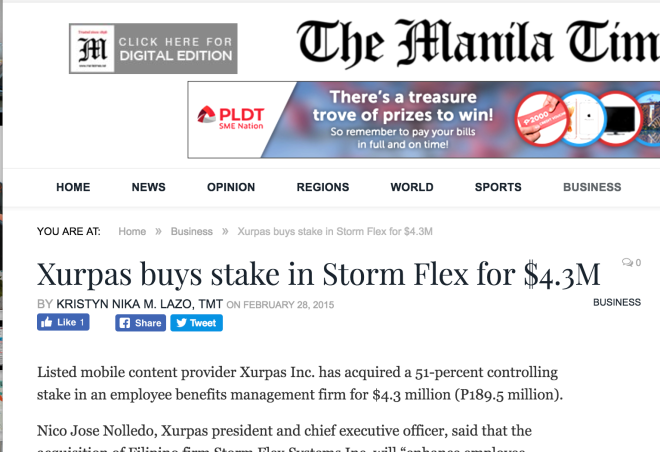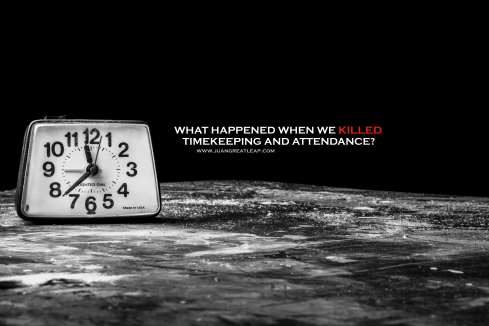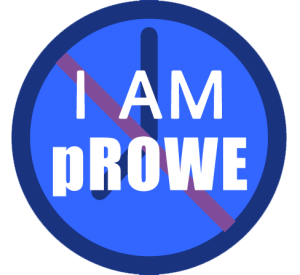How the Pandemic is Inducing a Mass Midlife Crisis and What to Do About It

One of the few positives I’ve observed living through now almost 4 months with Covid-19 is the massive amount of people reconnecting with old hobbies.
People started getting back to their writing, their dancing, their guitar playing, their singing, their teaching, their baking, their photography, theirthing.
I think somewhere around month 2 of quarantine, people’s need to express these gifts grew larger than their sense of shyness or reservation – so we started to see more and more people post about finding their lost passions again on social media.
While a lot of us have been experiencing massive career changes involuntarily, there are some people I know are choosing this uncertain time to execute rather drastic career pivots – a tech lifer-turned distributor, a career corporate executive-turned education entrepreneur, a doctor-turned teacher, career HR practitioner-turned salon owner.
They’re far from being the only ones, too.
There must be something deeper afoot.
My theory is that the current acute conditions have created such an unparalleled mass disruption, forcing us to face some existential life questions we may have been avoiding.
What is this dissatisfaction I feel? Am I doing what I’m supposed to be doing?
Cannonball Moments
One spring day in 1917, teenager Walt Disney was coming home from delivering newspapers. Noticing a block of ice on the road, he couldn’t resist the urge to playfully kick it. What Walt didn’t notice was a large horseshoe nail embedded in the ice. The nail went through Walt’s big toe and as a result, Walt was bedridden for two weeks – his only vacation from his newspaper route job in 6 years.
According to biographer Bob Thomas, in those two weeks Walt did a lot of thinking about his future. He LOVED to draw, but can he really build a career there? His dad highly disapproved of it, as it was a distraction from schoolwork. Perhaps he was thinking about his really poor grades, and how couldn’t concentrate in school. There goes college. He liked performing, but probably concluded he didn’t have enough talent to make a living with it.
During those isolated two weeks though, Walt found himself doodling a lot. At the end of those two weeks, it became crystal clear to him – he wanted to be a cartoonist. That newfound resolve would propel him to plunge headlong into an animation career and establish Walt Disney Studios just five years after.
That nail proved to be just the right disruption for Disney to momentarily escape his routine and face his soul’s questions.
The Jesuits call these Cannonball Moments,unexpected situations in life which lead us to reconsider our identities and change trajectories. This is aptly named of course, for the literal cannonball which shattered the right leg of proud military man Ignatius de Loyola, forcing him to get sidelined for months in bed, which eventually changes his life’s direction as well.
How many of us are experiencing the same sort of cannonball conditions now?
We suddenly have a lot more of time on our hands, a lot more quiet time on our hands, we are isolated, suddenly taken from our routines, and yeah, getting powerfully reminded of our mortality everyday not only through this once-in-a-lifetime virus but the daily heartbreak we see on the news as well.
Shall we heed the quiet call now stirring louder in our hearts?
The Quest for Alignment
A lot of us push it back most of our lives. It isn’t practical. Not realistic. Especially nowadays.
A good number of us try to scratch it a bit. Then, facing a bit of adversity, we put it quickly back in the box, and rationalize, I really should grow up and forget about this already.
But this call is part of our DNA, mapped into our souls from the moment we were born. It will continue to knock gently until answered fully.
It’s a bit timely as well, I am convinced.
What is quite clear to me is that when people tap into their purpose, it isn’t just themselves who benefit. Everyone else does, too. Profoundly so.
The singer who decides to sing can bring tears to those who listen.
The organizer who decides to organize can bring life-changing projects to life.
The teacher who decides to teach can change lives.
The consoler who decides to console can bring peace to many.
The programmer who decides to program can create groundbreaking technology.
It’s easy to see that people who find and choose this alignment between true self and chosen role can affect far more dramatic change than people who experience misalignment – the artist who manages money, the teacher who sells, the consoler who crunches numbers, and so on.
Don’t we need more and more people creating dramatic, positive change in these particular times?
This pandemic has affected how we work tremendously. If you’re lucky, perhaps migrating to a work-from-home setup and zoom fatigue are how the disruption is most felt. It might be good to consider how you are using your reclaimed travel time. Perhaps that could be put into better use.
There are a lot of us who are hit in a worse way, suffering pay cuts, being laid off, dwindling bank accounts. Having gone through both the painful experience of getting laid off and the equally traumatising ordeal of laying people off, I have deep empathy for those going through this experience.
I know how important it is to find silver linings. Perhaps viewing this situation as a cannonball moment can be a crucial silver lining – one leading to a fuller, happier, aligned life.



























